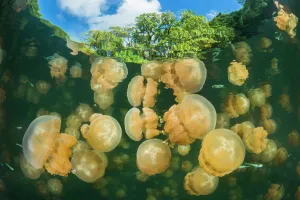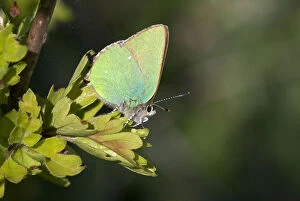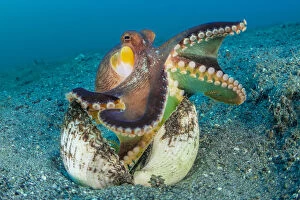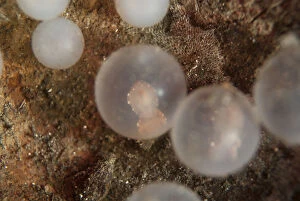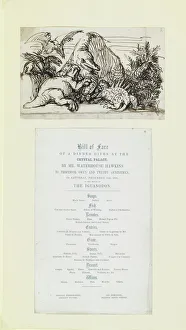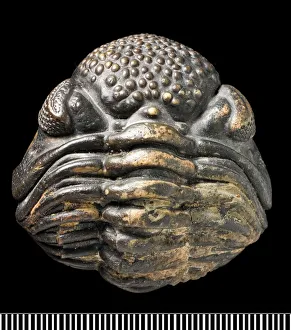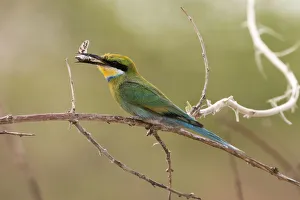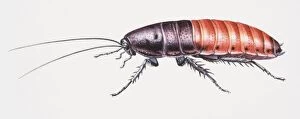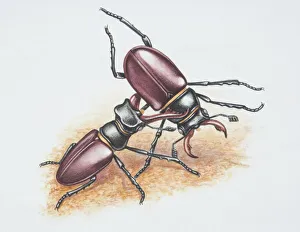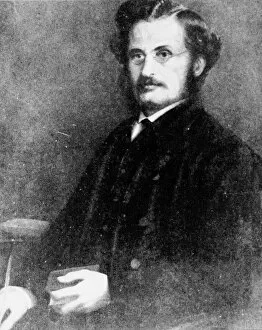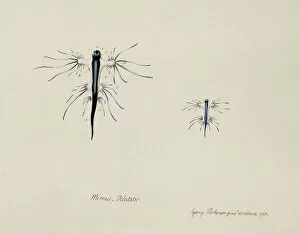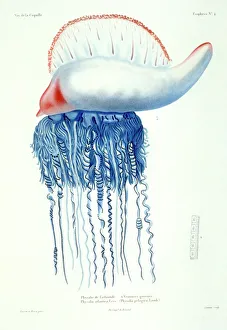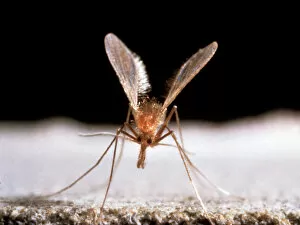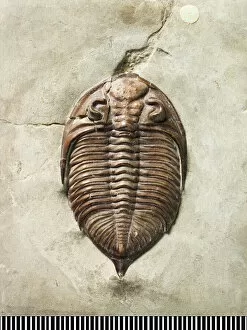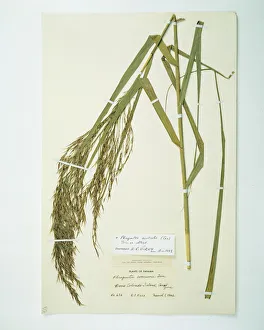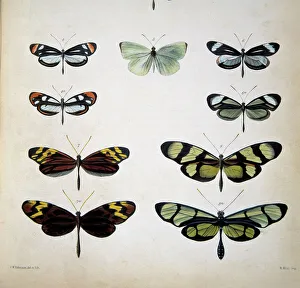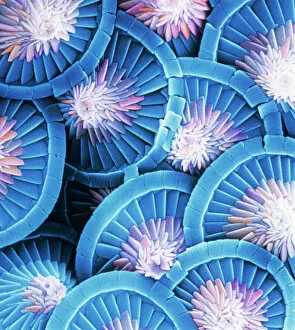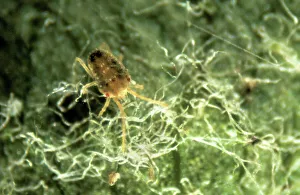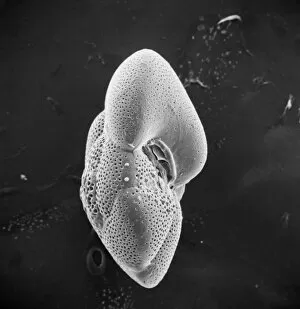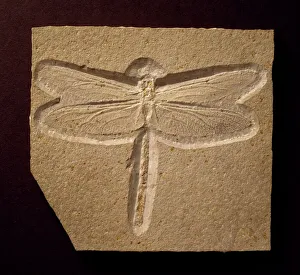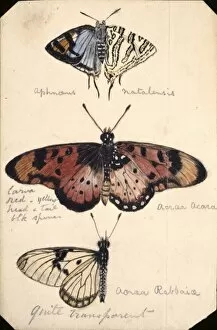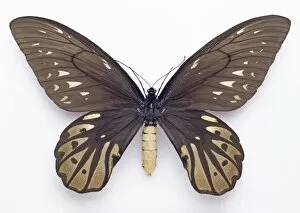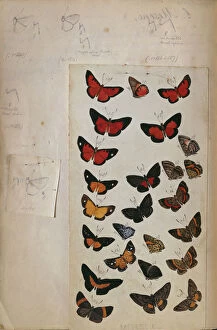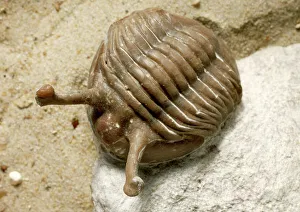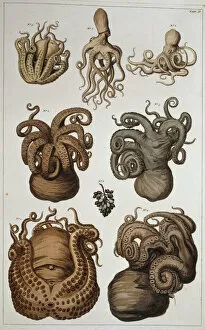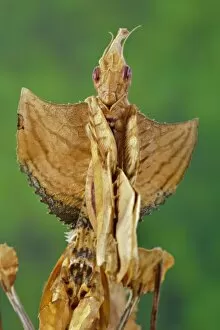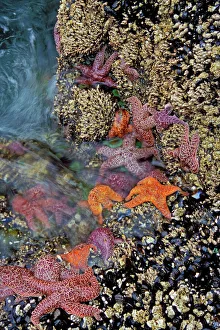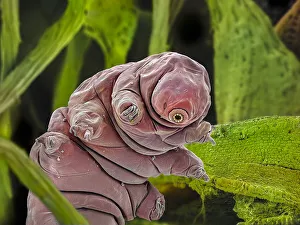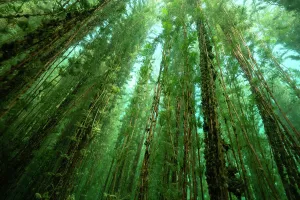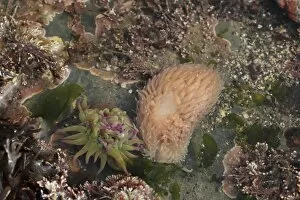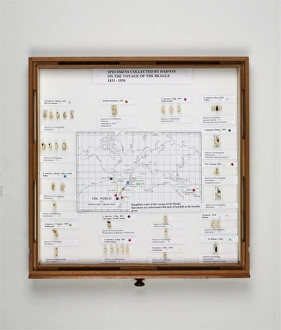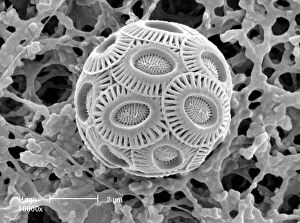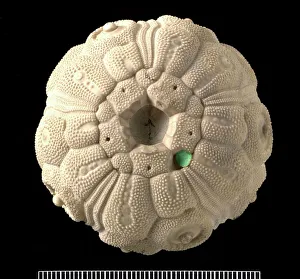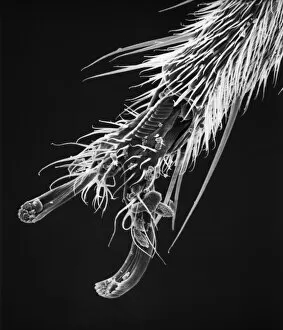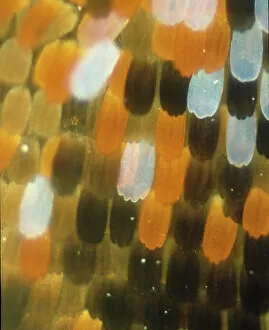Invertebrate Collection (page 4)
"Invertebrates: A Diverse World of Wonders" Ornithoptera alexandrae, also known as Queen Alexandra's birdwing butterfly
All Professionally Made to Order for Quick Shipping
"Invertebrates: A Diverse World of Wonders" Ornithoptera alexandrae, also known as Queen Alexandra's birdwing butterfly, showcases its vibrant colors and intricate patterns in flight. Witness the fascinating symbiotic relationship between a Greenland shark (Somniosus microcephalus) and its parasitic copepod (Ommatokoita elongata), clinging onto its host for survival. Delve into the world of entomology specimens, where meticulously preserved insects reveal their beauty under careful examination. Behold the majestic presence of a giant octopus, an intelligent creature that roams the depths of our oceans with grace and mystery. Through a Scanning Electron Micrograph (SEM), explore the astonishing details of a praying mantis at 30x magnification, revealing its intricate features like never before. "The Devilfish in Egyptian Waters" - an intriguing American cartoon from 1882 depicting England as an imperialistic octopus greedily grabbing land across continents. Common blue butterflies (Polyommatus icarus) bask in the gentle morning light at Vealand Farm in Devon, UK, creating a breathtaking sight to behold. The Red Admiral butterfly (Vanessa atalanta) spreads its wings wide open, showcasing its striking coloration against nature's canvas. Meet Chrysina limbata, the silver chafer beetle adorned with shimmering hues that catch sunlight and captivate onlookers' attention. Witness the mesmerizing spectacle of male Leach's sea star (Leiaster leachi) broadcast spawning as it releases streams of sperm from its arms underwater—a captivating moment captured by Wildlife Photographer of the Year 2022 winner in the Underwater category. Dive into Croatia's Adriatic Sea to encounter Janolus cristatus—a stunning nudibranch species—gracefully gliding through the waters of Vela Luka, Korcula Island.

